Disclosure- Links in this post may be affiliate links. If you click through and make a purchase, I earn a commission at no additional cost to you. Unless noted, if I am reviewing a product, I have been compensated for my time. I write honest reviews. They are not required to be positive. I only recommend the resources we love and use.
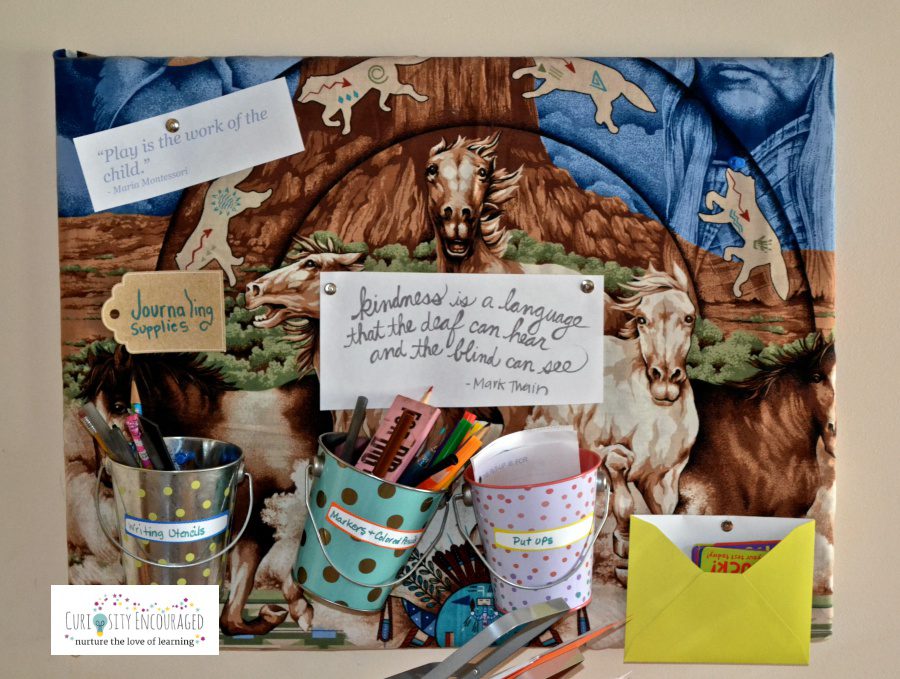
No matter if it’s a classroom, a shelf in the living room, or a bin in the kitchen, creating a space to learn and play helps encourage both!
When I originally wrote this post, it was bittersweet for me to write. We were about to move from our home of eleven years. This was the home we moved into when my son was 1.5 years old. It’s the home my daughter lived in for her first 8 years, and the home where we first started homeschooling.
I learned a lot about creating spaces this home, and continue to do so in our current home which is significantly smaller.
I learned:
- No space is perfect or ever will be.
- Learning happens everywhere.
- You don’t need a dedicated room to homeschool.
- Pretty doesn’t always mean functional.
I’ve found the places where my children learn best and love to play are places we all tend to gather. They want to stretch out on the floor, make messes on the kitchen table, and read someplace cozy.
I’ve learned that creating a space to learn and play doesn’t cost much money. All it needs to do is hold the books, toys, games and supplies our children need and love.

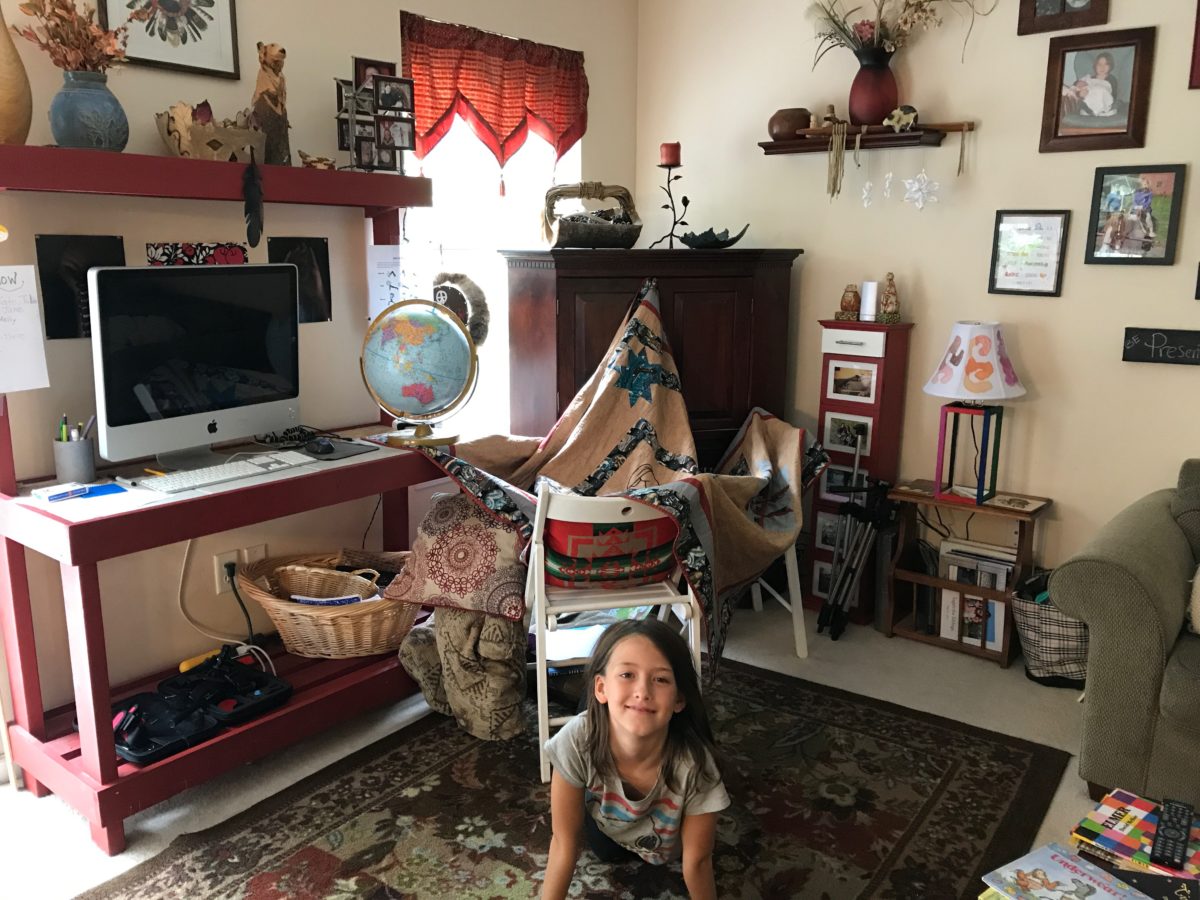
How to Create a Space to Learn and Play
Step 1- Have Floor Space
I don’t know about your kids, but when mine were younger they loved to be on the floor. Having an open space to stretch out, make forts, and dump lego bins was essential. My kids and the homeschoolers who came to my co-op classes also chose the floor over chairs.


Step 2- Focus on Functional
Kids are going to play and use what they have access too. If all your art and science supplies are packed away, you’re most likely going to forget about them. That doesn’t mean everything has to be stewn about. Carts, bins, reclyced jam jars, boxes and trays can help sort and organize.
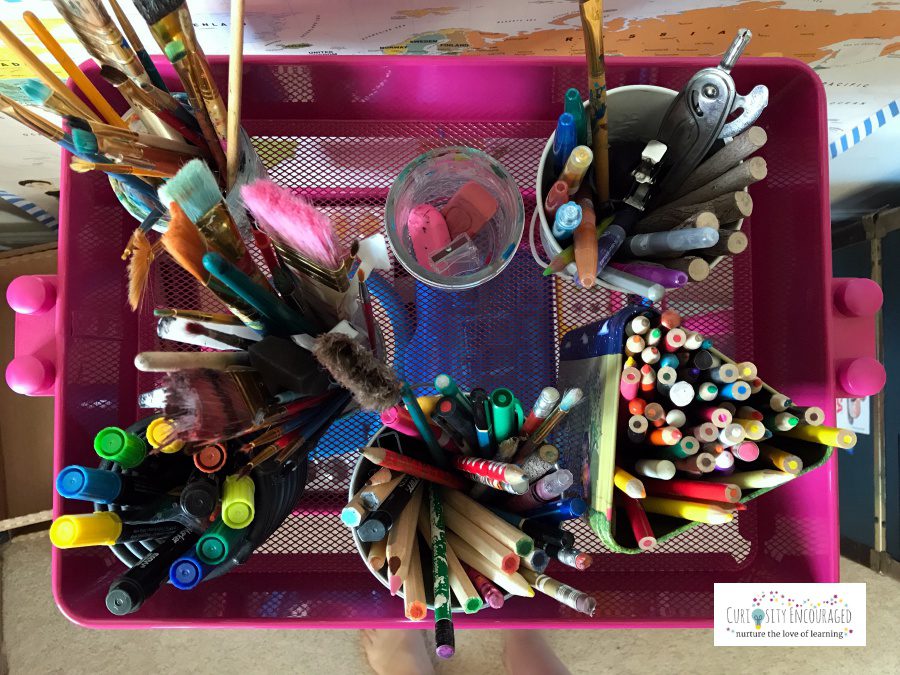
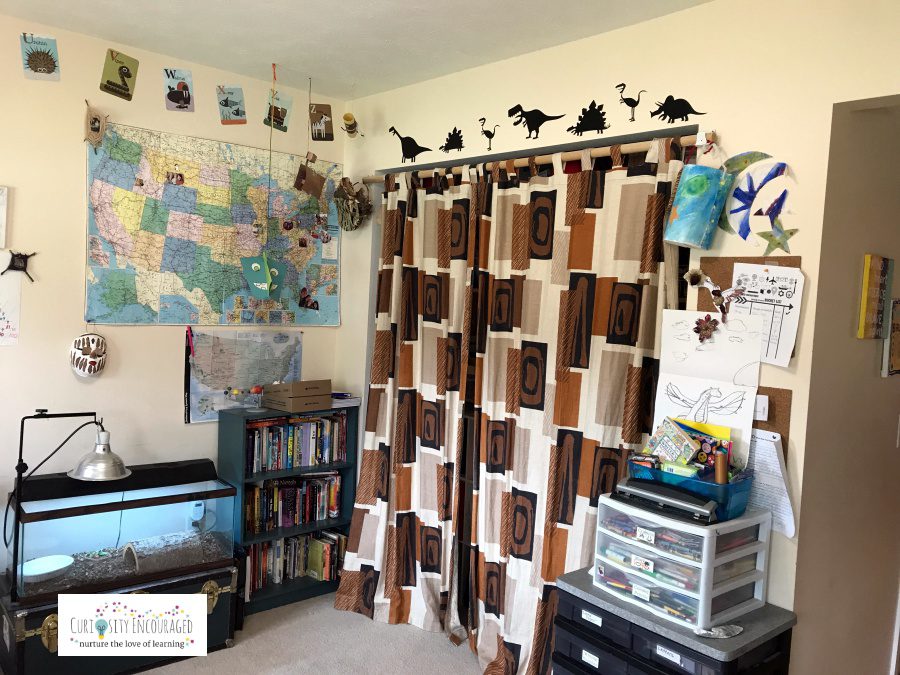
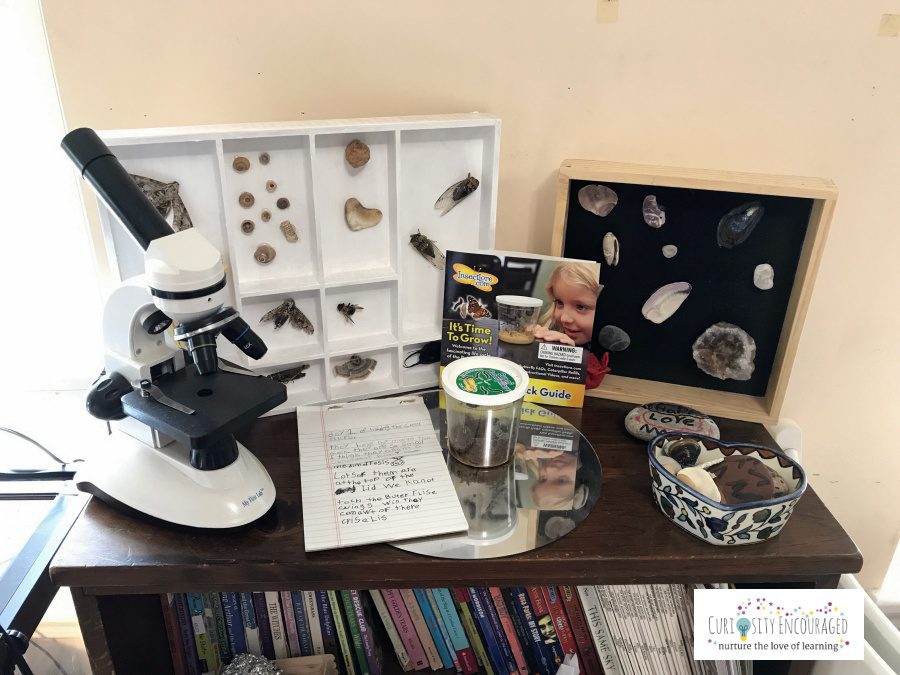
Step 3- Everything Has a Home
Along with trying to make sure our home isn’t too full (we are not minimalists as you’ll see in the pictures- try is the key word) we make sure the things we do use have a home. The games have a designated place to live, books live on shelves and in baskets, art and science supplies each have a cart. Paper is sorted by scrap and new, paintbrushes live in jars, and stamps, beads, blocks, legos, etc all have their own bins.


While being organized does take time and isn’t something we all come to naturally, I can tell you from experience (I live with folks who don’t come by it naturally) it can be learned!
Just remember, you don’t need to invest a fortune to organize your home, and your space does not have to look like a magazine.
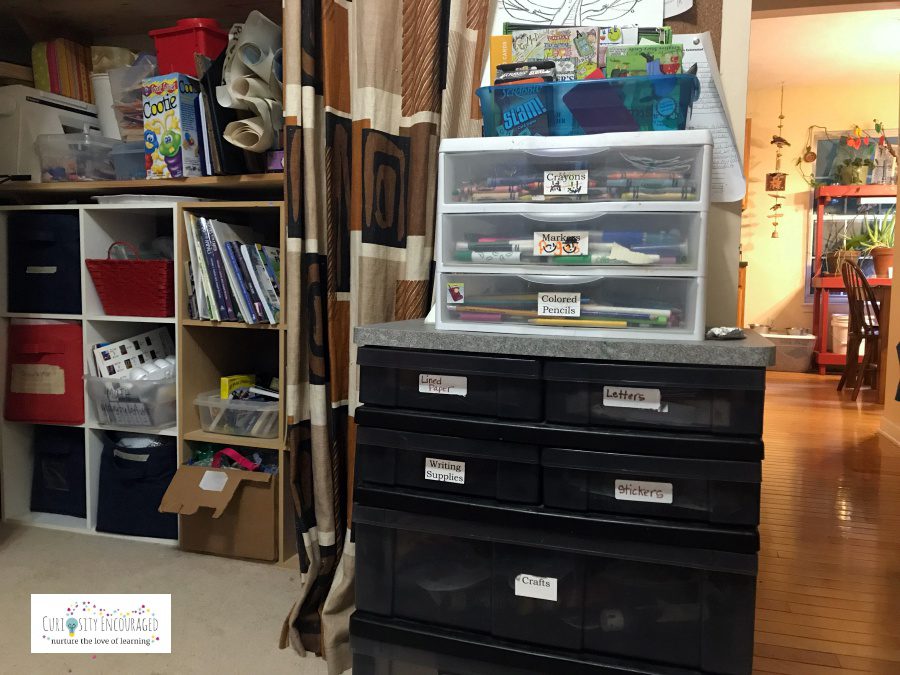
Step 4- Have a Place for Creations
While we don’t keep every creation my children have ever made on display (and many are eventually recycled), the more recent creations and the ones they are most proud always had a home.
A shelf holds 3D projects.
A piece of ribbon with clothespins serves as a place to hold artwork.
Can it hang from the ceiling? It gets tacked up there.

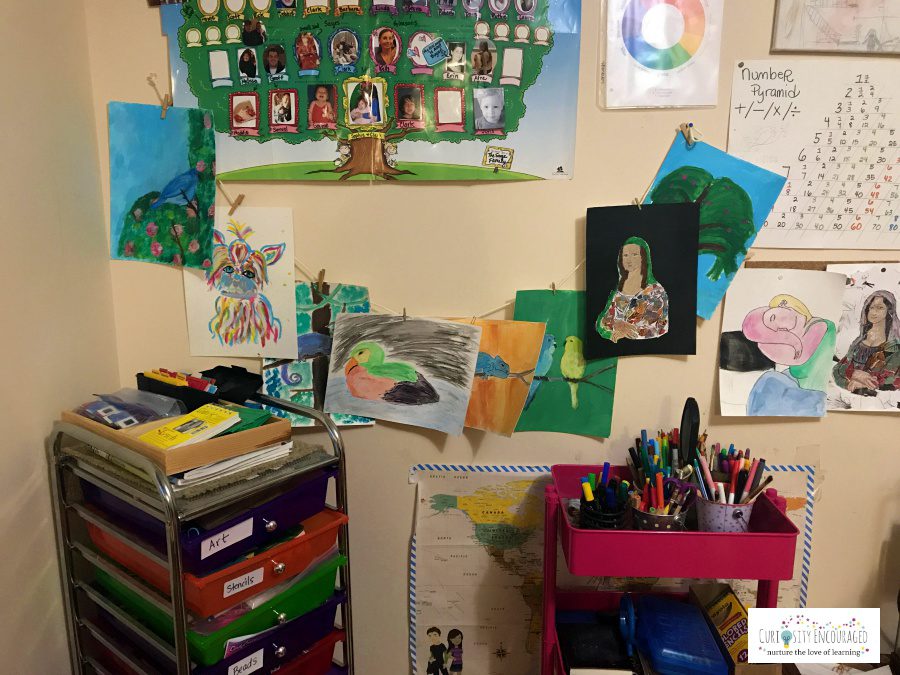
Step 5- Use What You Have
This post contains a lot of my children’s “favorite” mom phrases. “Use what you have. Everything needs a home.” They’ve heard these a lot over the years.
New is nice but not always better! Sometimes the perfect space to learn and play just needs a new look.
We can always:
- rearrange furniture
- remove furniture and create a more open space
- use multiple rooms, hallways, closets, covered porches
- use recycled materials for storage containers
Really, all kids need is an empty table, a clean floor, a quiet space, and plenty of time to play and learn.

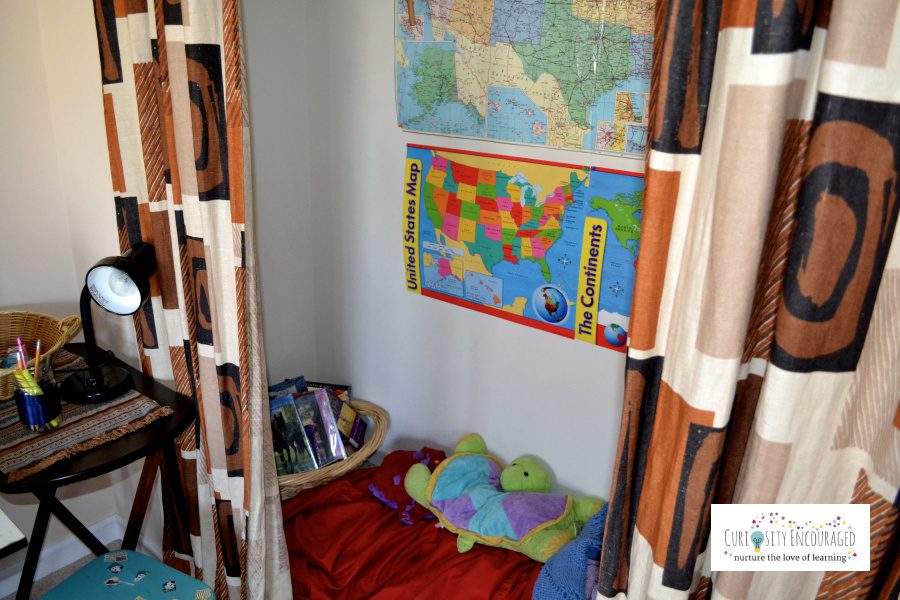
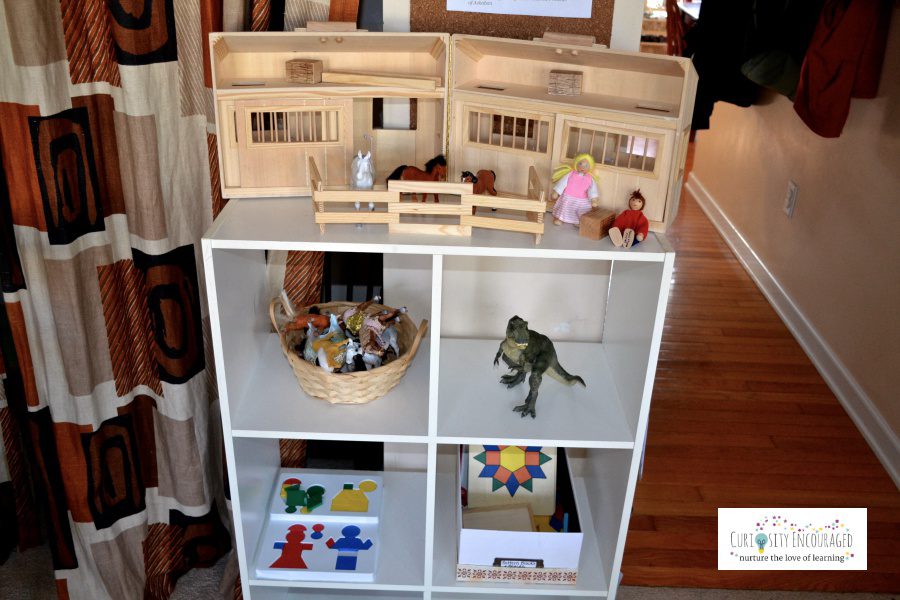
Step 6- Purge Often
Every six months or so I go through our books, games, and toys. If I find a forgotten one I know my kids will be excited to use, I put it somewhere they’ll see it. The things they’ve outgrown are sold or donated.
Because everything has a home and my kids and I put things back in their home after they’re done using it, this isn’t a tedious process. It’s a matter of scanning, really.
If it turns into a bigger project, I sort. I’m a fan of piles.
One pile goes back on the shelves.
One pile is donated or sold.
One pile is thrown away or recycled.
I make sure to take on these kinds of projects when I either have time to complete them from start to finish, or I sort spaces in chunks of time so the space doesn’t stay a mess for long.
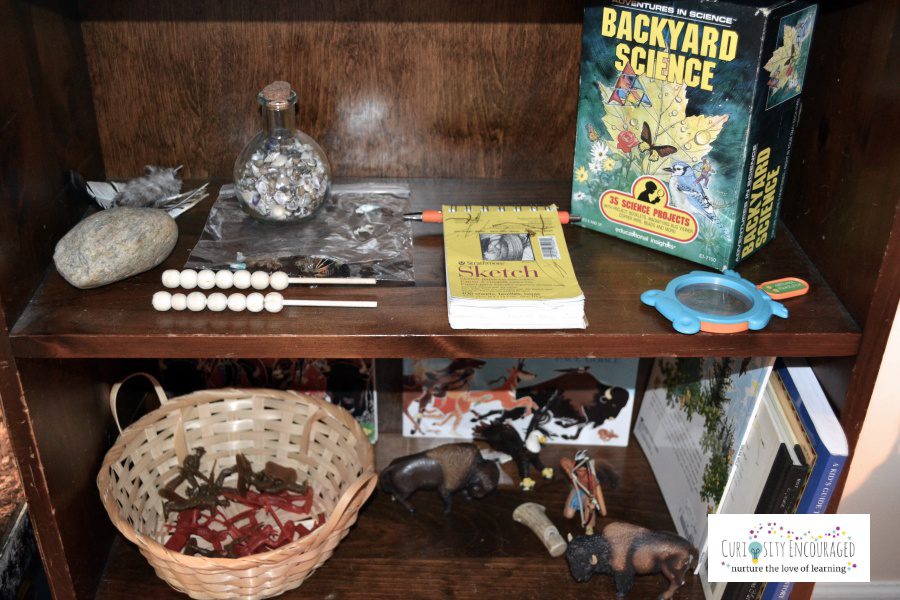
Step 7- Bird by Bird
Anne Lamott, a favorite writer of mine, wrote a book on writing called Bird by Bird. In it, she tells the story of her overwhelmed brother who saved his science project on birds to the last minute. He started to shut down so their father told him, You can do it. Just go bird by bird. This is also her advice for writers. I think it applies to all of us.
I hold this phrase in my heart and repeat it to myself anytime I’m feeling overwhelmed by a task.
What’s one thing I can do?
I can organize one shelf.
Check.
Okay, what’s the next thing I can do?
Check.

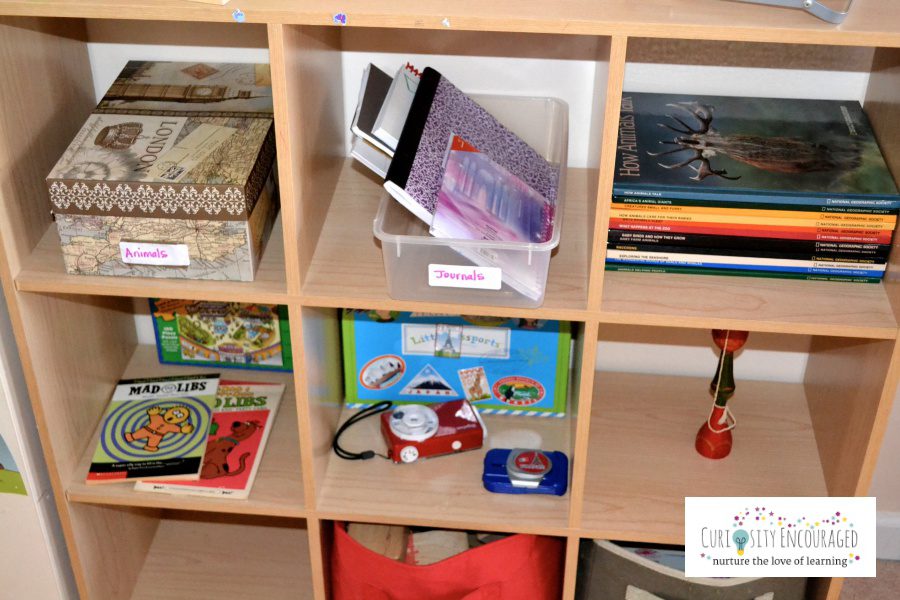

Creating a place to learn and play is important, especially when we homeschool. Our space needs to be accessible and ready for our kids.
Does that mean everything in our house must be pristine? Nope! If I look up from this screen, there are piles of laundry that need to be folded. I’m guessing when I head downstairs, dishes will need washing, and there are always plenty of chores to do.
But I think when it comes to books, art supplies, science equipment, math tools, toys and curriculum, some sort of organization is needed.
It’s stressful to know you have the supplies on hand to help your children learn, but no one can find them. I don’t want to spend our homeschool hours or family time searching for game pieces or a protractor.
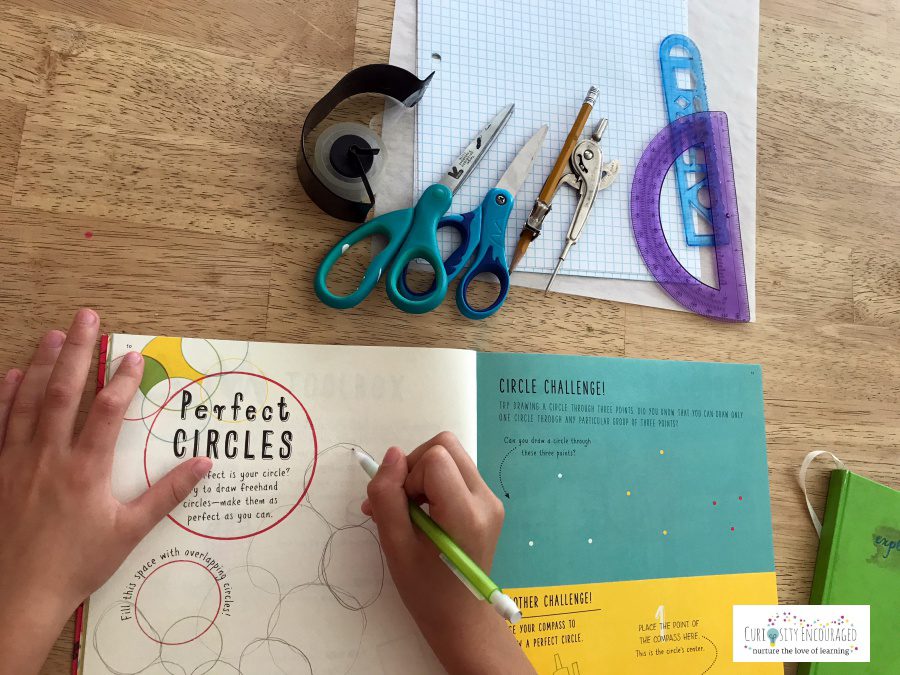
Creating a space to learn and play doesn’t require a certain amount of square footage, and in our case doesn’t mean learning happens in just one room.
It’s about creating a space where children are encouraged to make messes on the kitchen table, spread out on the floor, and have those same projects displayed and celebrated.
Creating a space to learn and play is about returning the supplies to their homes before new projects are created so there is an invitation to learn and play and learn and play over and over again.
This post was originally written in 2018. I revised it in 2024.
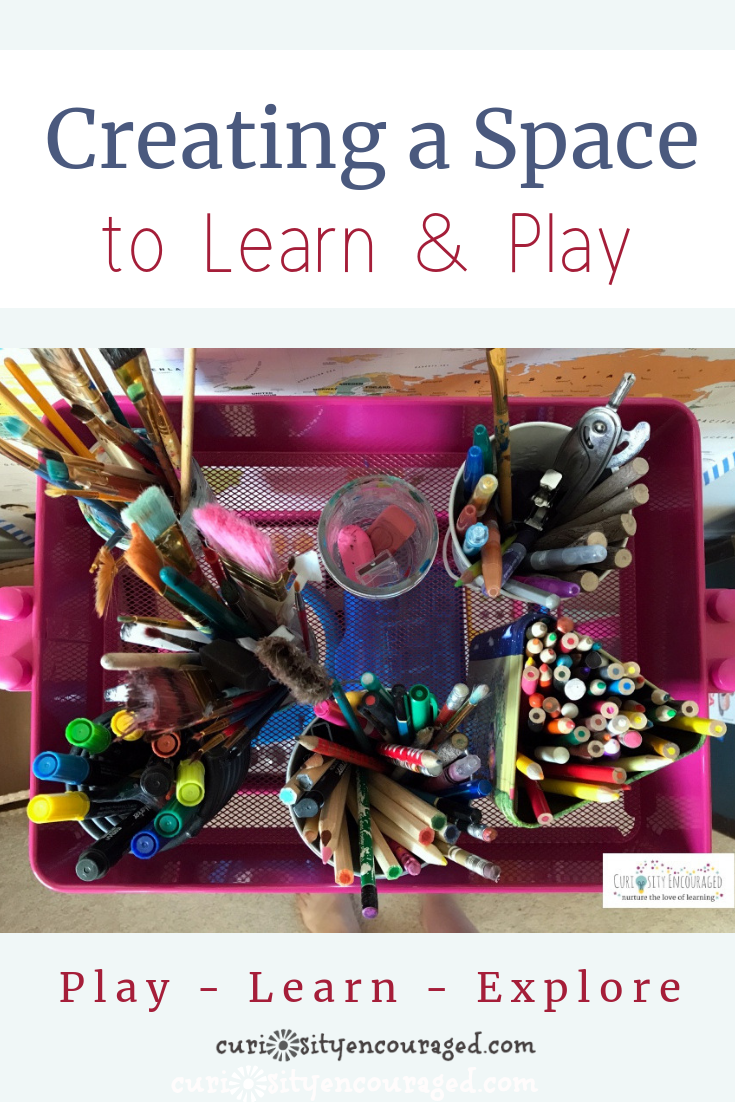





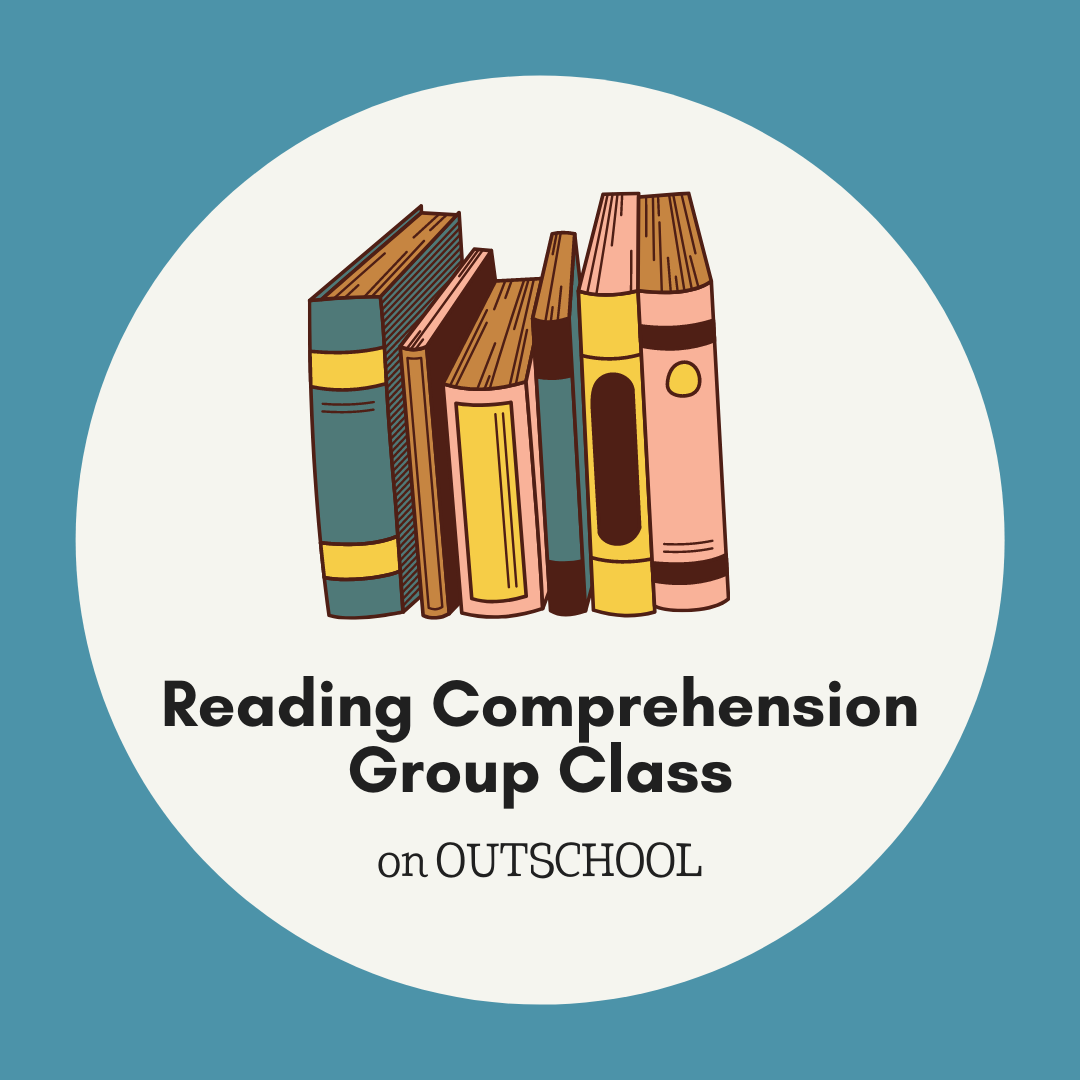
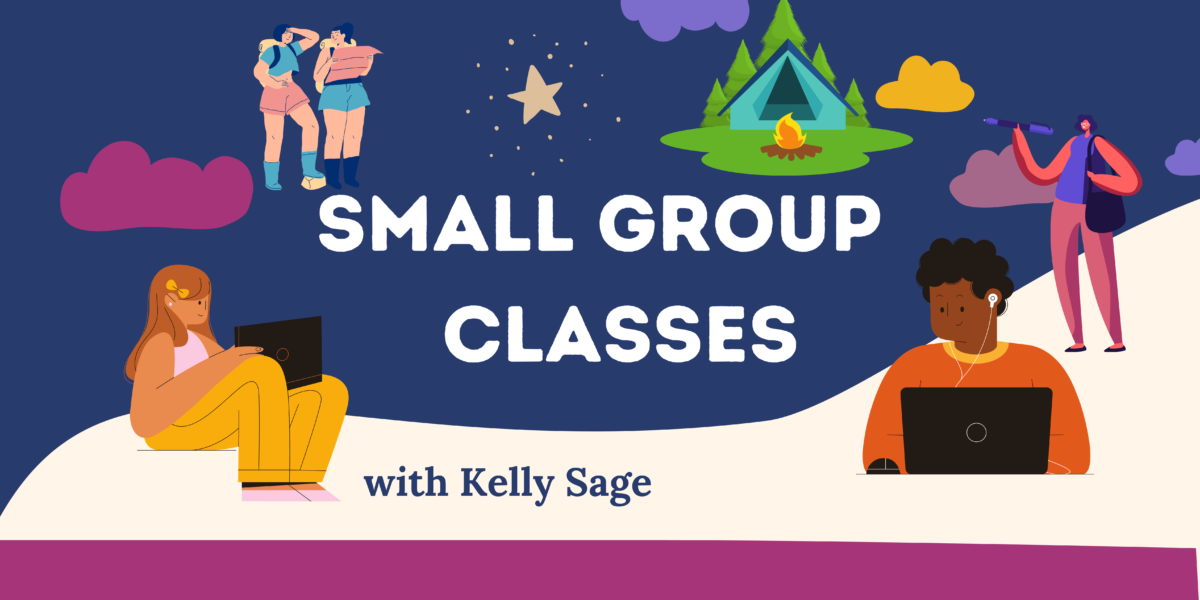
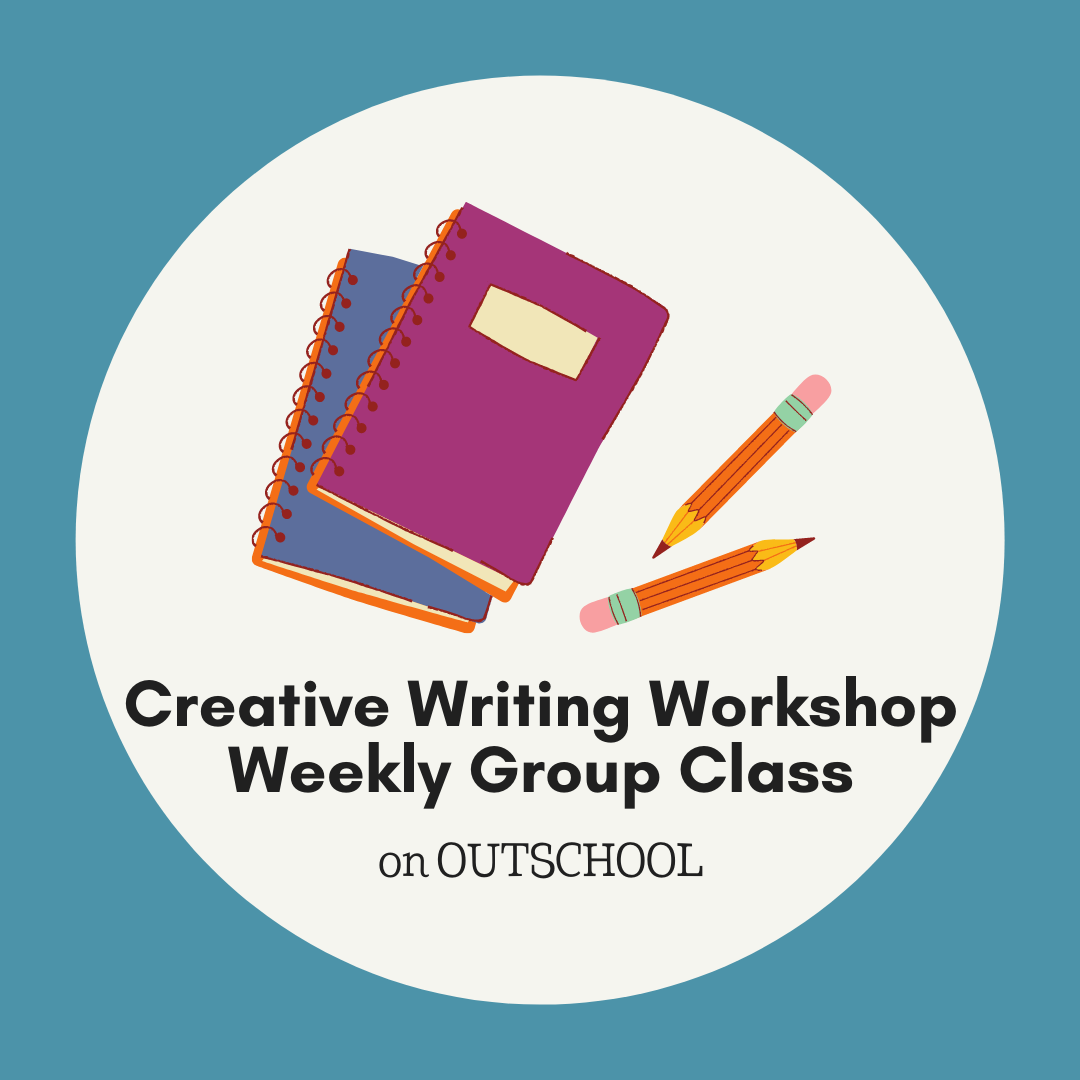






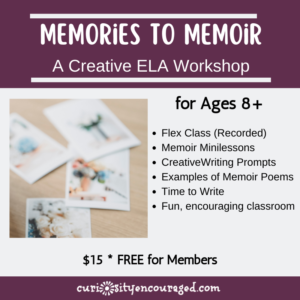
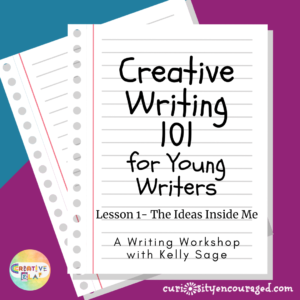


I love that you address “the space” issue. I tend to be organized and try to keep things in their homes, but constantly find that we have toys/items that don’t fit neatly into a category and therefore a bin. Also, with a 2, 4, and 7 year old I find it hard to create spaces for my 7 year old that the two-year old won’t destroy. She has a desk but he climbs on it or pulls out drawers with her things… We went through this when my 4 year old was that age so I have learned to just let it go as much as I can. If you have any thoughts on this situation I’d love to hear it. We have a very small house so there isn’t a private space I can offer my 7 year old unfortunately.
Little kids have big toys! I remember that. I did a lot of trading things in and out when mine were that age. We also had a toy box that stored bigger items. I also get the age thing. Perhaps the four year old needs her own space. A little table or even a lap desk. Not sure if this is true in your case, but I’ve found when my kids were MOST interested in the other child’s space it was because they wanted one of their own 🙂
This is great, Kelly. Lots to think about and work on in this post! I need to work on the empty table, clean floor and quiet space. Little houses make this a challenge (or, more probably, my housekeeping (lack of) skills :-). Gotta carve out some dedicated cozy space so learning can happen!! I’ll be coming back to reference your suggestions!!
Thanks, Erin! It’s not easy and a practice for sure. Yes, smaller spaces make this harder. Bins have always been may small space friends 🙂
Pingback: Habits to Help Your Homeschool Day Run Smoothly - Curiosity Encouraged
Pingback: Simple & Fun | Things to Do With Kids When You're Home All Day -